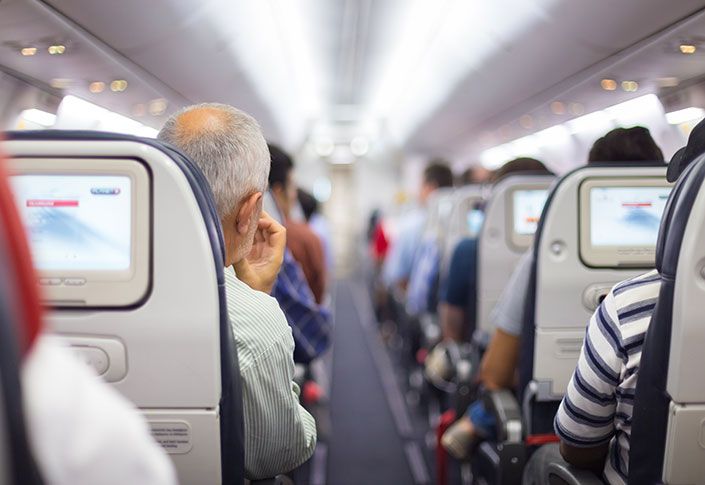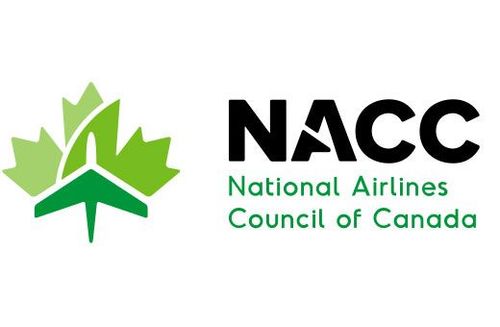Where travel agents earn, learn and save!
News / Strong airlines for a strong Canada
Airline industry is critical to Canada’s post-COVID-19 recovery plan

April 29 - As countries around the world grapple with the economic fallout from COVID-19, Canada’s airline industry has supported Federal Government efforts to fight the pandemic, including operating repatriation flights for stranded Canadians, continuing to move products and people across the country and bringing critical personal protective equipment (PPE) to Canada.
Yet the strength and role of the Canadian airline industry is now under significant threat as Canada risks falling behind other major industrialized countries in supporting their airline industries in this unprecedented crisis. The United States and countries across Europe, Asia and South America have moved quickly to stabilize their respective airlines, thereby ensuring the industry can eventually return to operations and play its vital role in driving the economic recovery post-pandemic.
While the National Airlines Council of Canada (NACC) welcomes indications from the Government of Canada that some form of support is forthcoming, time is of the essence as the economic situation facing Canada’s airlines is deteriorating rapidly. The greater the economic damage to the industry, the less competitive and poised for recovery it will be as other countries provide significant direct financial aid to their own carriers.
The preservation of a viable, domestic Canadian airline sector is critical to the strength of the Canadian economy. NACC member airlines are the central component of the overall air transport and tourism sector, which collectively supports more than 630,000 jobs and is responsible for generating 3.2% of Canada’s GDP.
This unprecedented crisis has led some carriers to suspend service to at least 35 regional communities whose local economies depend on the presence of a strong domestic airline industry.
As a result of the COVID-19 pandemic, the Canadian aviation sector has been devastated and the damage continues to pile up. For example:
• There has been an approximate 90% drop in capacity, and the remaining flights are virtually empty.
• With the vast majority of the fleet grounded, NACC carriers have $10 Billion worth of aircraft now sitting idle
• Capital projects and work with suppliers across the aviation and aerospace supply chain have been stopped
• Revenue has all but disappeared, along with forward bookings for the rest of the year with little, if any, clarity as to when travel restrictions may be lifted or reduced. The economic impact of the pandemic is expected to continue materially for the remainder of the year and into 2021
• The International Air Transport Association estimates that global airline industry losses this year will be US$314 billion and disruptions to air travel from COVID-19 could result in a 39.8 million reduction in passenger volumes in Canada
• More broadly, the disruptions could also put at risk about 245,500 jobs in Canada and US$18.3 billion in GDP supported by the air transport industry and foreign tourists travelling to Canada by air
As a G-7 country, Canada needs a strong airline industry to help facilitate international trade and economic growth.
“Our members and their employees continue to look forward to the government acting quickly to introduce liquidity measures for the industry. This will provide the stability needed for the aviation sector to begin planning with government the policy initiatives needed to drive Canada’s eventual economic recovery, in communities and businesses large and small across the nation, across all segments of the economy and internationally”, said Mike McNaney, President and CEO of the National Airlines Council of Canada.
More Travel News:
TIAC Tourism Advocacy Update
Sunwing brings 1,800 employees back on payroll
Hotel chains including Marriott, Hilton ramp up cleaning standards to calm travellers
Recovery could be quick for corporate but only 23% of Canadians saying yes to air travel











